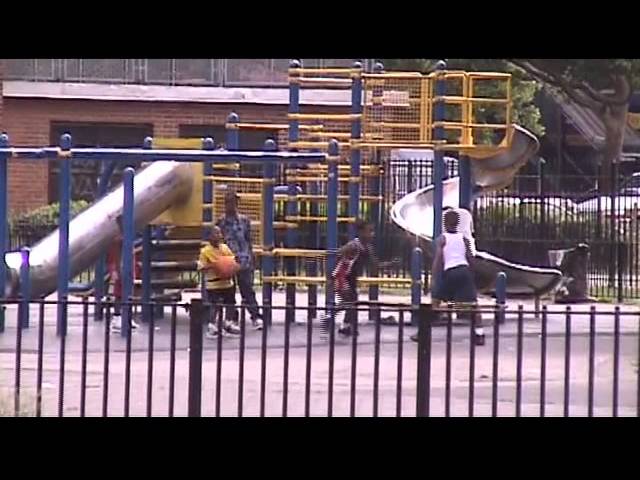“Crackheads Gone Wild,” a documentary released in 2006, presents a stark exploration of cocaine addiction in Atlanta. Produced by Jarrod Donoman, this film penetrates deep into the visceral reality of substance abuse, breaking away from the often sanitised versions of addiction depicted in mainstream media.
Upon first glance, the title of this film might give the impression of a lighthearted or even trivial approach to a serious issue. However, this documentary quickly dispels such notions. It delves directly into the lives of cocaine users, offering a disturbingly candid view of the devastation caused by drug addiction.
Set in Atlanta, the film spotlights a city grappling with the ravages of substance abuse, specifically crack cocaine. This choice is deliberate and striking, as it highlights an urban environment where the drug problem has escalated to alarming proportions, creating an urgent need for effective solutions.
The strength of “Crackheads Gone Wild” lies in its frank portrayal of addiction’s relentless grip. The film does not shy away from showing the despair and degradation associated with substance abuse. It documents the journeys of individuals as they grapple with their addiction, presenting a grim mosaic of ruined lives and squandered potential.
Through a series of candid interviews and scenes from the users’ daily lives, viewers witness first-hand the physical, emotional, and social toll that cocaine takes. We are privy to their struggles and their transient victories, their lapses, and their relentless attempts to break free. It’s a poignant and distressing observation of addiction and its far-reaching consequences.
Donoman’s documentary, however, does not stop at presenting a tableau of despair. It also provides a compelling social commentary. It touches on the systemic issues, including poverty, lack of education, and institutional failures, that often lead individuals to fall into the trap of drug addiction.
In this context, the film also explores the role of law enforcement and the criminal justice system in dealing with drug addiction. Are they part of the solution, or do they exacerbate the problem? These complex, often contentious issues are thoughtfully examined, offering viewers a nuanced perspective on a multifaceted problem.
The documentary is replete with raw emotion and shocking realities that may unsettle viewers, but therein lies its power. “Crackheads Gone Wild” urges viewers to confront an issue that is often easier to ignore or oversimplify. It forces the audience to recognize that those suffering from addiction are human beings, often victims of circumstance, who are caught in a vicious cycle.
This film may not provide comfortable viewing, but it is undeniably compelling. It strips away the veneer of stereotypes and prejudices associated with drug addiction, laying bare the human faces and stories underneath. It calls for empathy and understanding, and, most importantly, for concerted action to address this societal scourge.
In conclusion, “Crackheads Gone Wild” offers a grim yet compelling exploration of cocaine addiction in Atlanta. It is a reminder of the destructive power of drugs and the urgent need for effective interventions. It is a documentary that demands attention and thought, and one that leaves a lasting impression.

